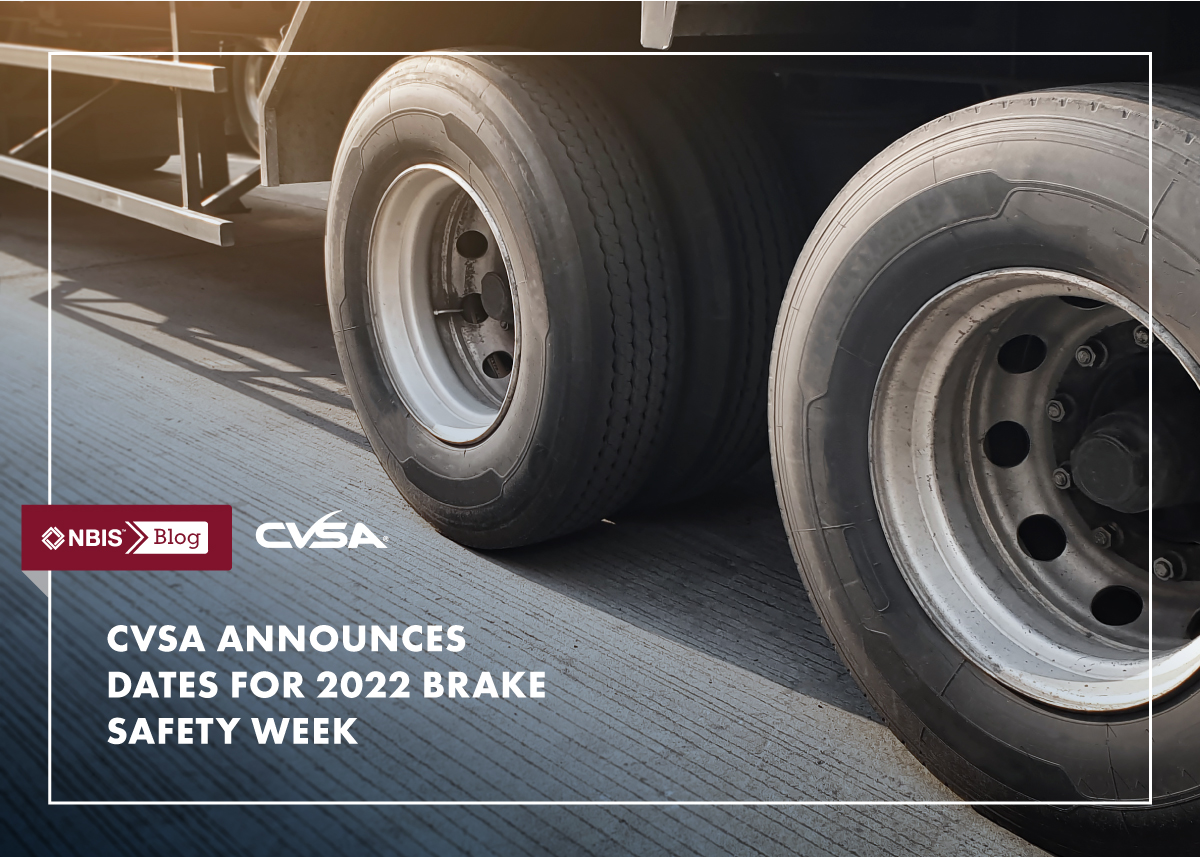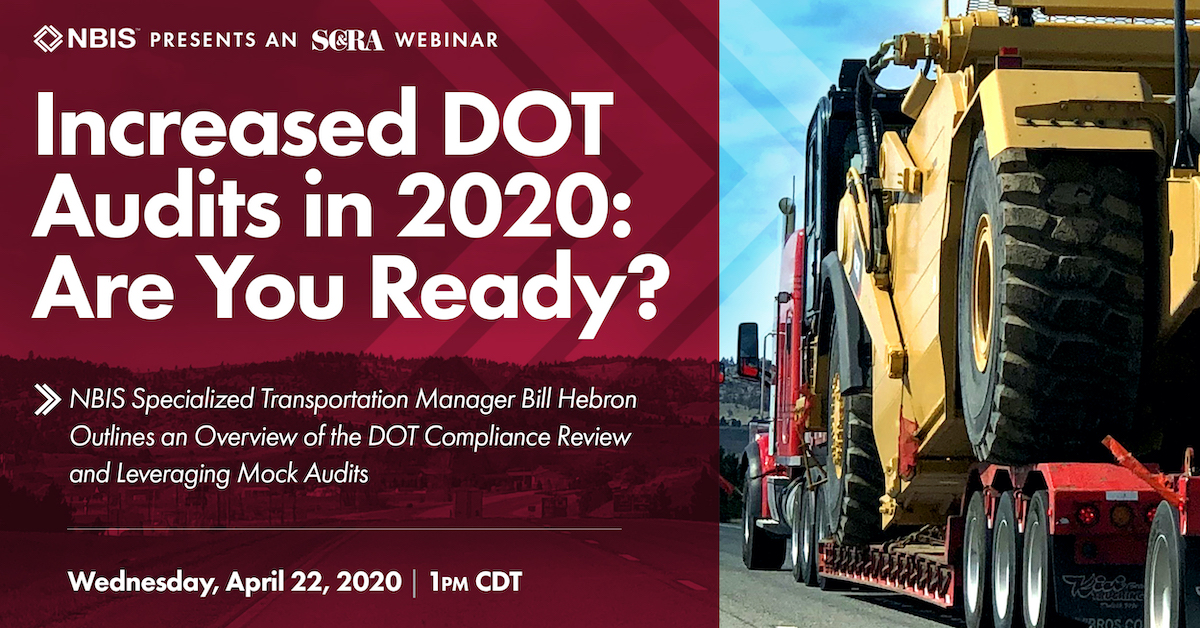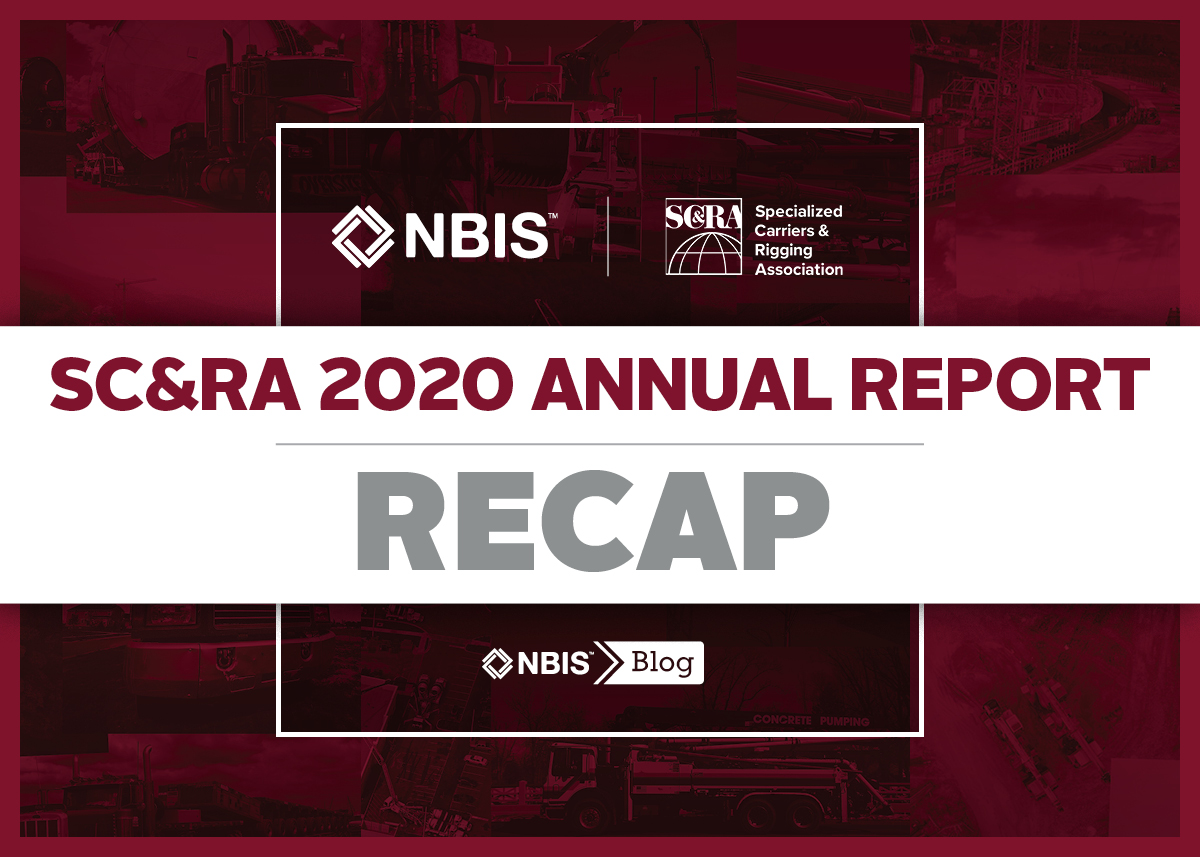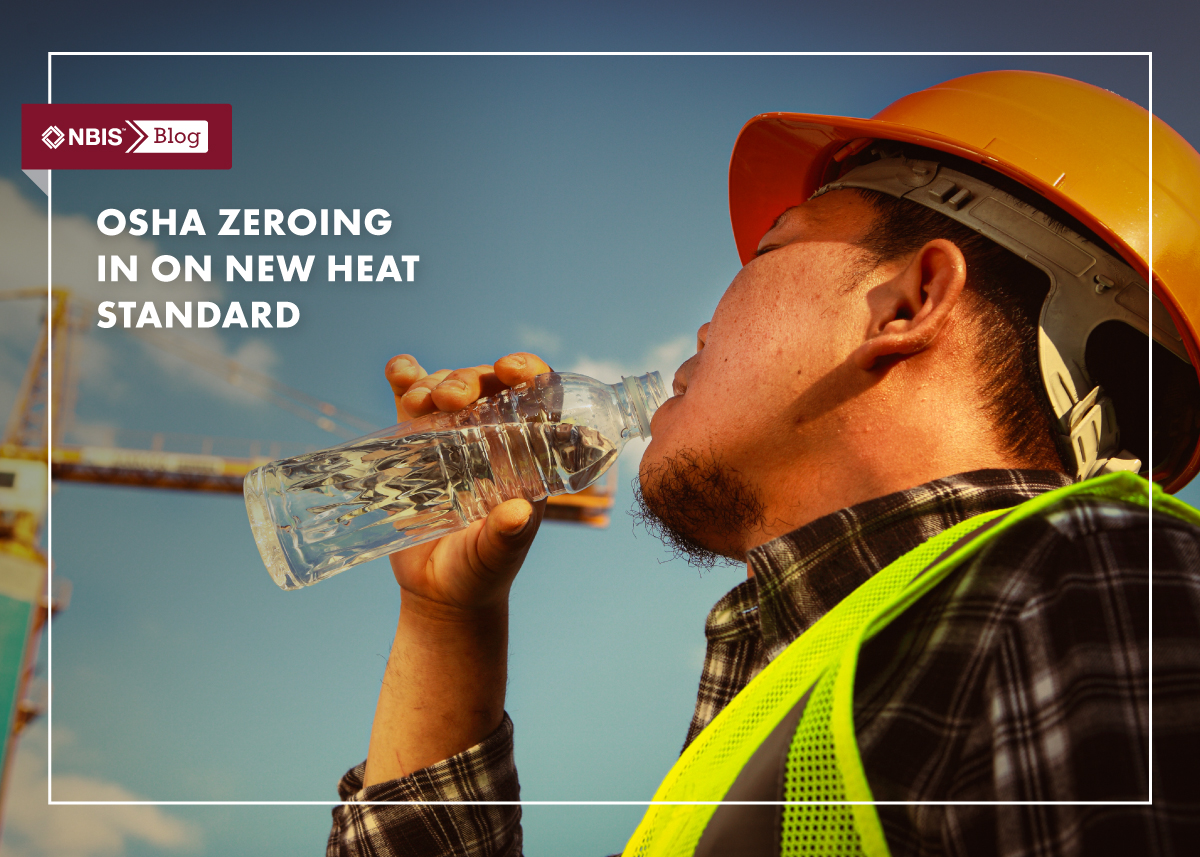As part of its Operation Airbrake Program, the Commercial Vehicle Safety Alliance (CVSA) has announced August 21-27 as the dates for this year’s Brake Safety Week—an annual commercial motor vehicle brake-safety inspection, enforcement and education initiative conducted by law enforcement jurisdictions in Canada, Mexico and the U.S.
Throughout the week, inspectors will conduct their usual North American Standard Level I and V Inspections and capture and report brake-related data to CVSA, with results to be released in the fall.
According to CVSA, inspectors will be on the lookout for: missing, non-functioning, loose, contaminated or cracked parts on the brake system, and non-manufactured holes (such as rust holes and holes created by rubbing or friction) and broken springs in the spring brake housing section of the parking brake.
Additionally, inspectors will listen for audible air leaks around brake components and lines, and ensure the air system maintains air pressure between 90-100 psi (620-690 kPa). They’ll also check for S-cam flip-over and measure pushrod travel, as well as confirm that slack adjusters are the same length (from center of S-cam to center of clevis pin) and the air chambers on each axle are the same size.
During any given examination, inspectors will also inspect required brake-system warning devices, such as ABS malfunction lamp(s) and low air-pressure warning devices. Moreover, they will ensure the breakaway system is operable on the trailer, and inspect the tractor protection system, including the bleed-back system on the trailer.
In addition to reporting total inspections and brake-related out-of-service violations, inspectors will also capture and provide data on brake hose/tubing chafing violations—which is the focus of this year’s Brake Safety Week.
Identify and Acknowledge
Why all the fuss?
Because CVSA knows that brake-related violations comprise the largest percentage of all out-of-service vehicle violations cited during roadside inspections, and according to last year’s three-day International Roadcheck data, brake systems and brake-adjustment violations accounted for 38.9 percent of all vehicle out-of-service violations, the most of any category of vehicle violations.
To address the issue, indicated CVSA, Brake Safety Week seeks to:
- Identify and remove commercial motor vehicles with critical vehicle inspection violation items identified in the North American Standard Out-of-Service Criteria from roadways.
- Conduct inspections and identify and acknowledge commercial motor vehicles that do not have critical vehicle inspection violations by affixing those vehicles with a CVSA decal.
- Encourage proactive vehicle maintenance in advance of the week.
- Highlight the hard work and commitment to safety by inspectors, drivers and motor carriers.
- Remind drivers and motor carriers about the importance of proper brake maintenance and vehicle pre-trip and post-trip inspections.
- Provide an opportunity for outreach and educational brake-safety efforts by inspectors.
A CVSA program in partnership with the U.S. DOT’s Federal Motor Carrier Safety Administration, Operation Airbrake has inspected more than 3.4 million brakes since its inception in 1998—assuring better breaking capacity and stopping distance of large trucks and motorcoaches, and without a doubt, reducing risk to drivers and improving public safety.







